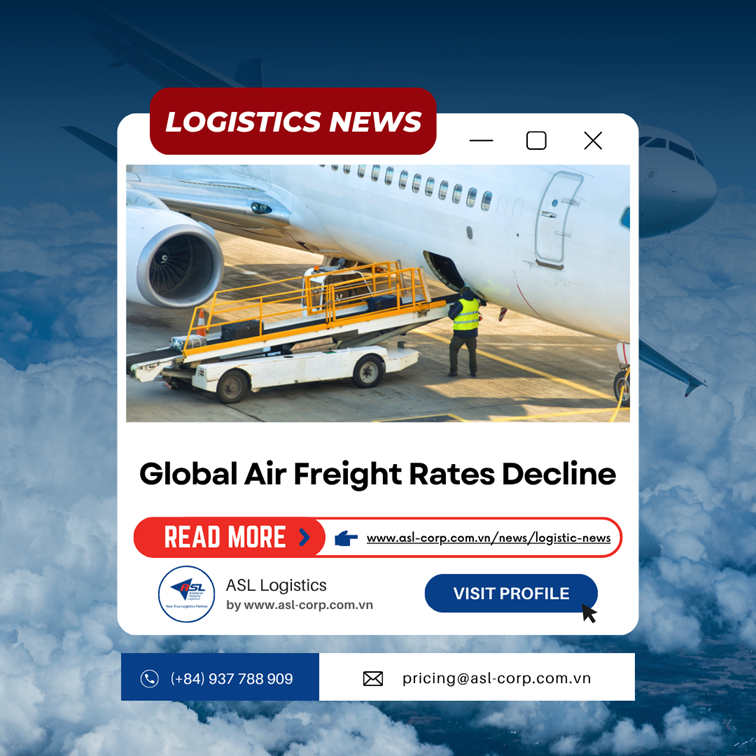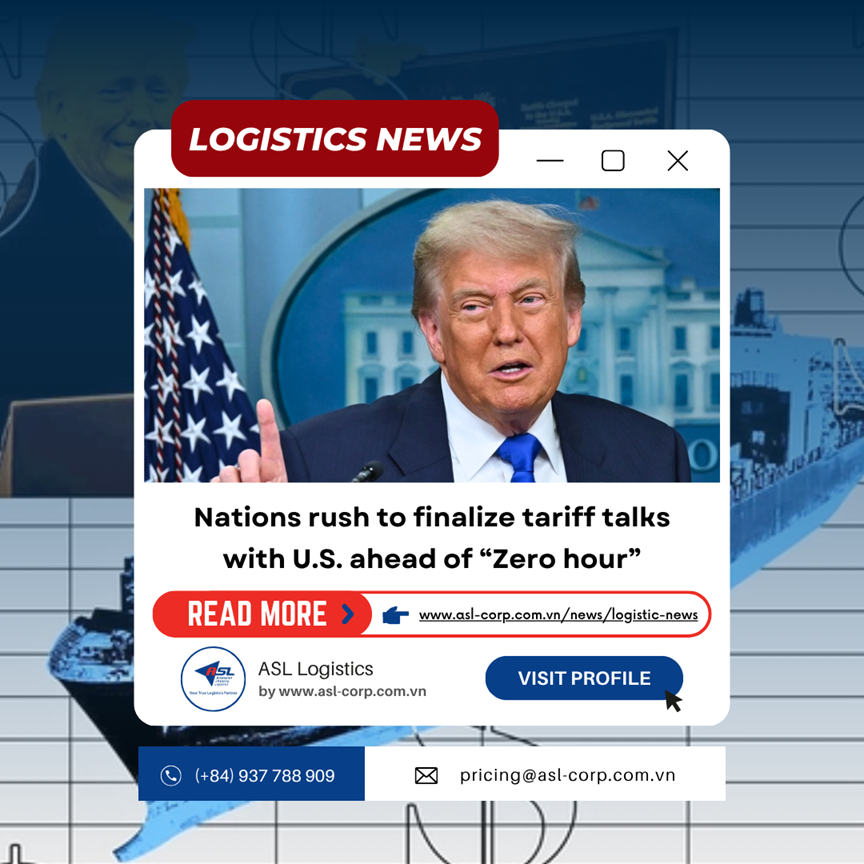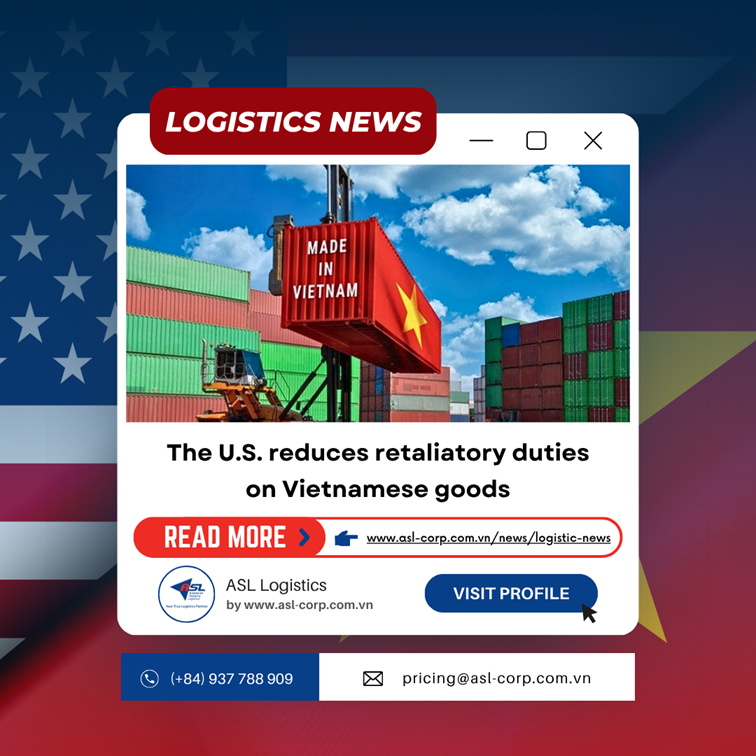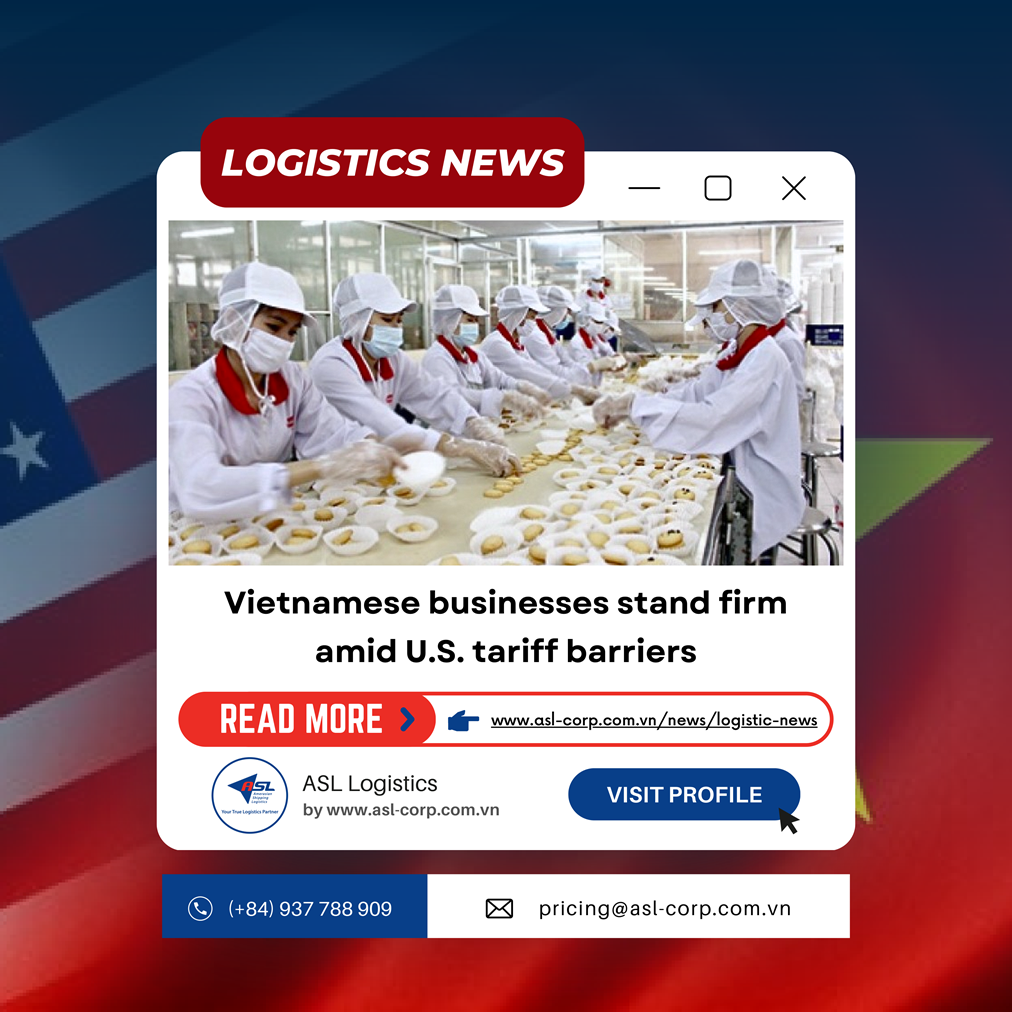Logistic News
US BUSINESSED RUSH TO STORE GOODS IN FTZS, BONDED WAREHOUSES TO TEMPORARILY ESCAPE FROM TARIFFS
24 April 2025
U.S. Businesses Turn to Foreign Trade Zones to Navigate Tariff Surge.
Amid the escalating U.S. - China trade war and increasingly unpredictable tariff policies under President Donald Trump's administration, businesses across the United States-from large corporations to small and medium-sized enterprise are turning to a strategic solution: utilizing special customs areas such as Foreign Trade Zones (FTZs) and bonded warehouses to avoid, or at least defer, tariff obligations.
According to CNBC, FTZs and bonded warehouses are designated areas approved by U.S. Customs and Border Protection that function as buffers between international and domestic markets. Goods entering these zones are not subject to import duties immediately. Instead, tariffs are applied only when the goods leave the zone for domestic consumption. In the case of bonded warehouses, goods can be stored for up to five years. This offers a major advantage, giving companies greater flexibility in managing inventory and finances - especially when tariff rates can shift dramatically within days.
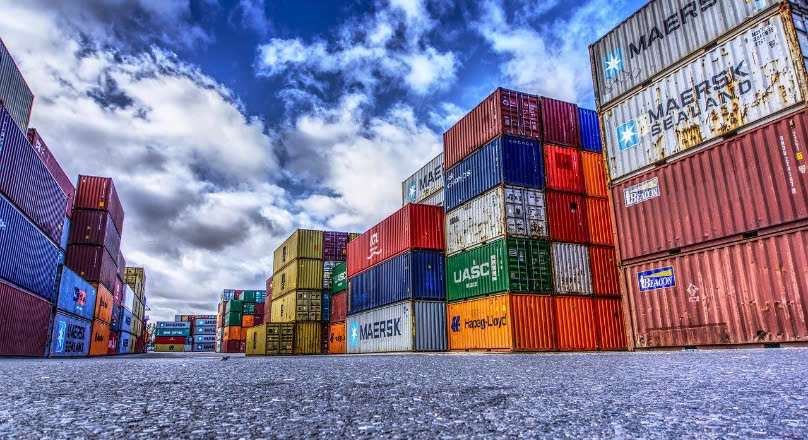
Jackson Wood, an expert at Descartes Global Trade Intelligence, stated: “Just a year ago, FTZs were a distant concept for many companies, primarily due to the high upfront investment costs. But now, with tariffs reaching as high as 145% on imports from China - especially industrial goods and electronic components - FTZs have become a financially viable option.”
Since the 2024 U.S. presidential election, the number of businesses interested in and registering for FTZs has surged. According to the National Association of Foreign-Trade Zones (NAFTZ), new membership has reached record levels. Notably, many small and medium-sized enterprises - previously unable to afford the investment - are now joining the FTZ program to protect their interests amid trade uncertainty.
One of the most notable advantages of FTZs is the “inverted tariff” strategy, which allows businesses to pay lower duties if the tariff on imported components is higher than the duty on the finished products made from those components. Additionally, excess materials or defective products generated during the manufacturing process can be exempt from duties if they are proven to be scrap or are exported abroad. This has become a key factor enabling many companies in industries such as automotive, aerospace, consumer goods, and electronics to optimize their tax costs.
According to Jeffrey J. Tafel, President of the National Association of Foreign-Trade Zones (NAFTZ), companies are increasingly turning to FTZs not only to avoid tariffs but also to buy time before making import decisions. “Many businesses are placing goods in bonded warehouses for 30 days while they monitor how tariff policies evolve. Some are willing to move goods directly into the U.S. market and pay the tariffs immediately, while others prefer to wait before making that decision,” he said.
However, establishing an FTZ is not a simple task. Companies must invest in the application process, staff training, and technology systems to comply with customs regulations. Nevertheless, according to a representative from Maersk, “Recent changes in tariff policies have made FTZs more appealing than ever. Previously, certain duty-reduction measures were available, but those are no longer applicable - making FTZs one of the most viable strategic options today.”
Not limited to warehouses, manufacturing facilities or specific production units within a company can also be designated as FTZs if they meet the necessary requirements. This allows companies to handle components and assemble products without paying duties upfront - an advantage that is especially valuable amid ongoing global supply chain disruptions, as businesses strive to maintain the lowest possible tariff exposure.
Jordan Dewart, President of Redwood Logistics Mexico, stated, “The surge in interest in FTZs is a clear sign that businesses are seriously considering them as a long-term solution. They’re not just reacting to tariffs in the short term - they’re rethinking their entire import strategy.”
FTZs were authorized by the U.S. Congress in the 1930s as a means to encourage domestic investment. Today, the program plays an increasingly vital role in a highly volatile trade environment, employing more than 550,000 workers across FTZs in all 50 states and the territory of Puerto Rico.
As trade negotiations between the U.S. and over 75 countries remain uncertain, FTZs are gradually emerging as a “lifeline” for many businesses seeking stability amid policy turbulence.

Head Office
ASL Ho Chi Minh
No.31/34A Ung Van Khiem Street, Thanh My Tay Ward, HCMC, Vietnam
 Amerasian Shipping Logistics Corp.
Amerasian Shipping Logistics Corp.
 (+84)28 3512 9759
(+84)28 3512 9759
 (+84)28 3512 9758
(+84)28 3512 9758
 pricing@asl-corp.com.vn
pricing@asl-corp.com.vn
 mdirector@asl-corp.com.vn
mdirector@asl-corp.com.vn
 www.asl-corp.com.vn
www.asl-corp.com.vn









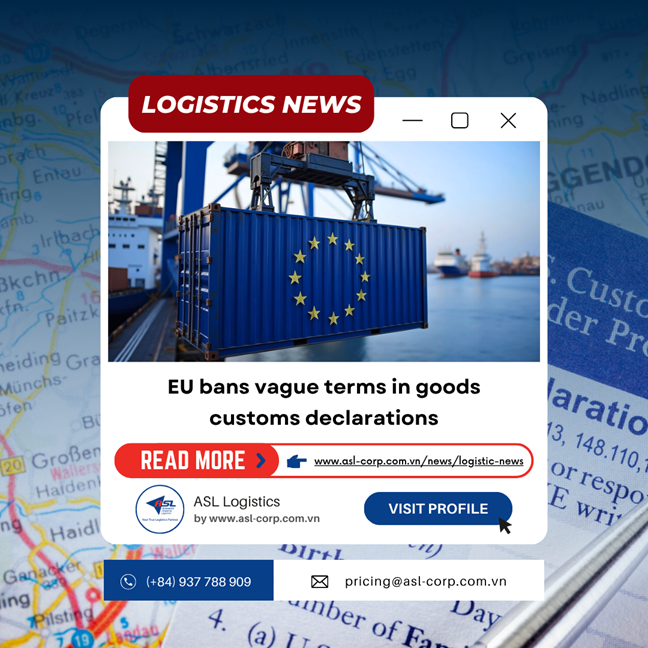
.png)
.png)

.png)

